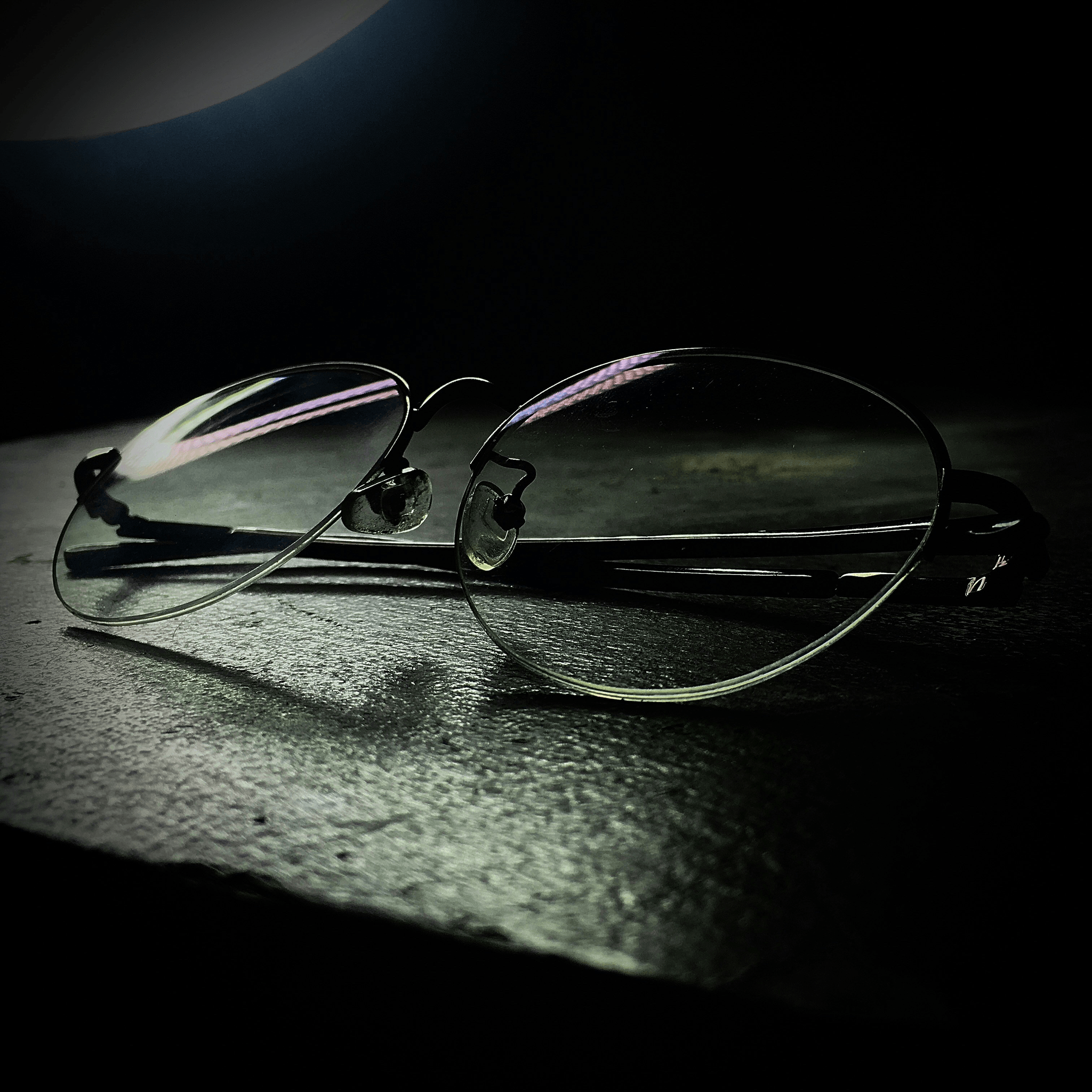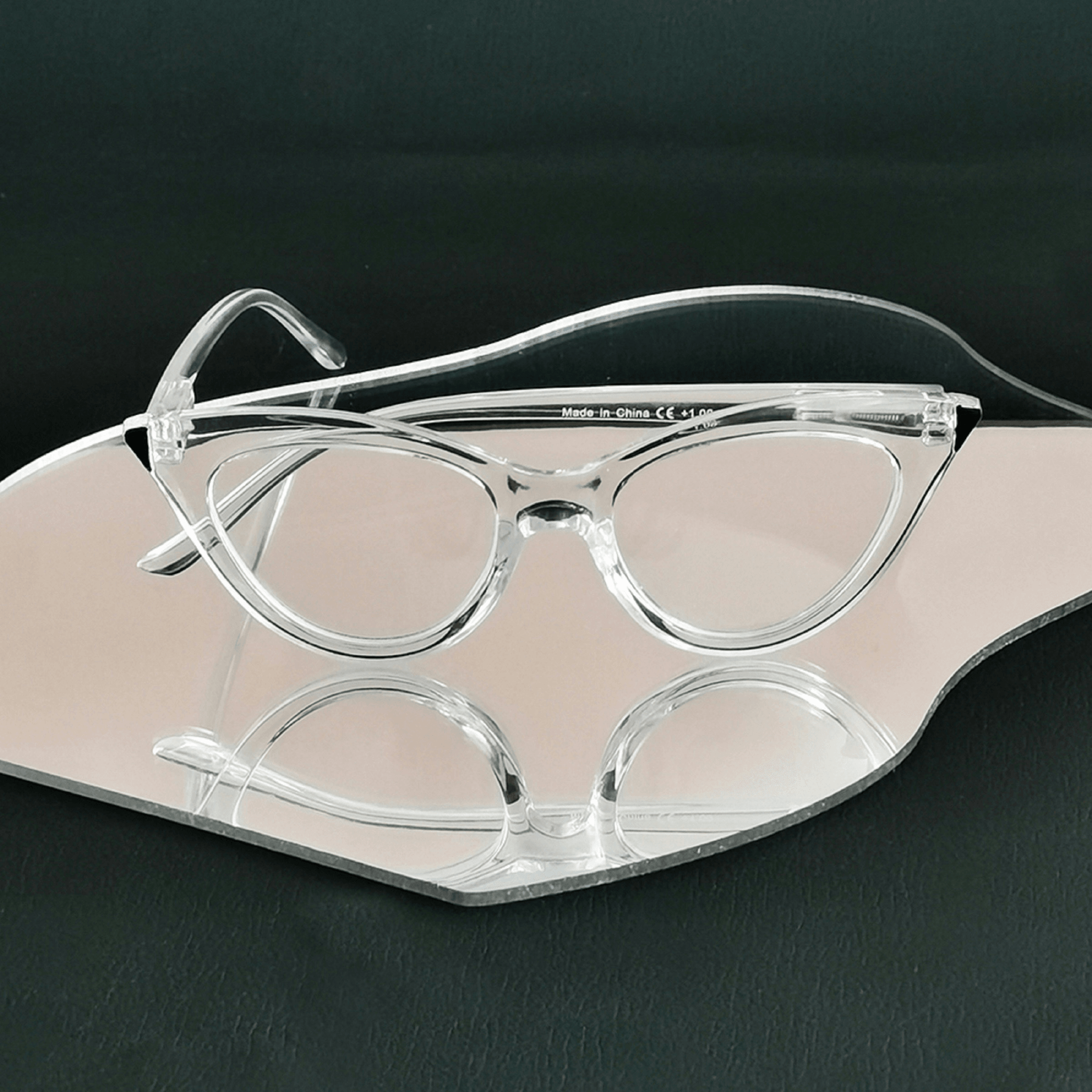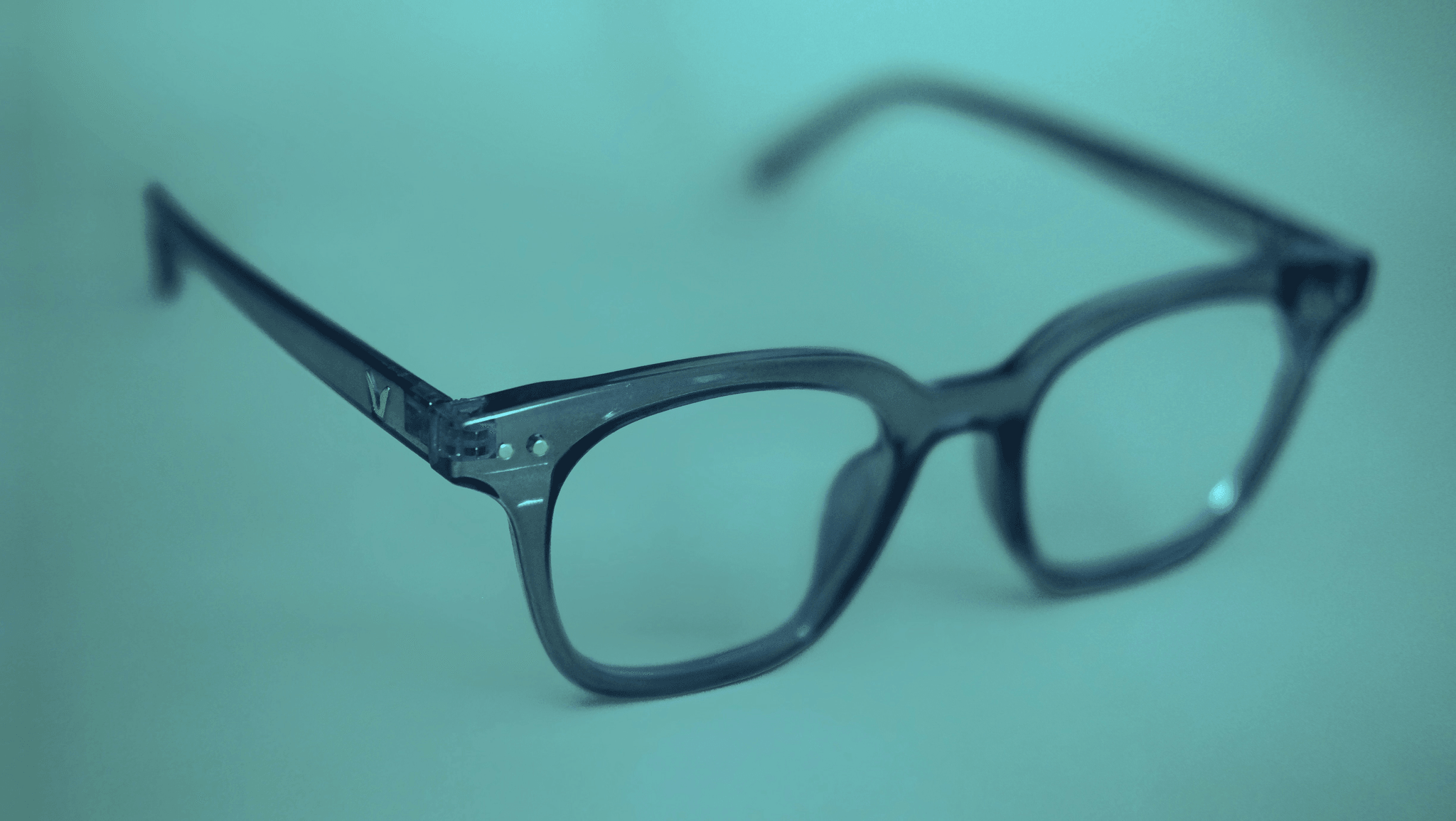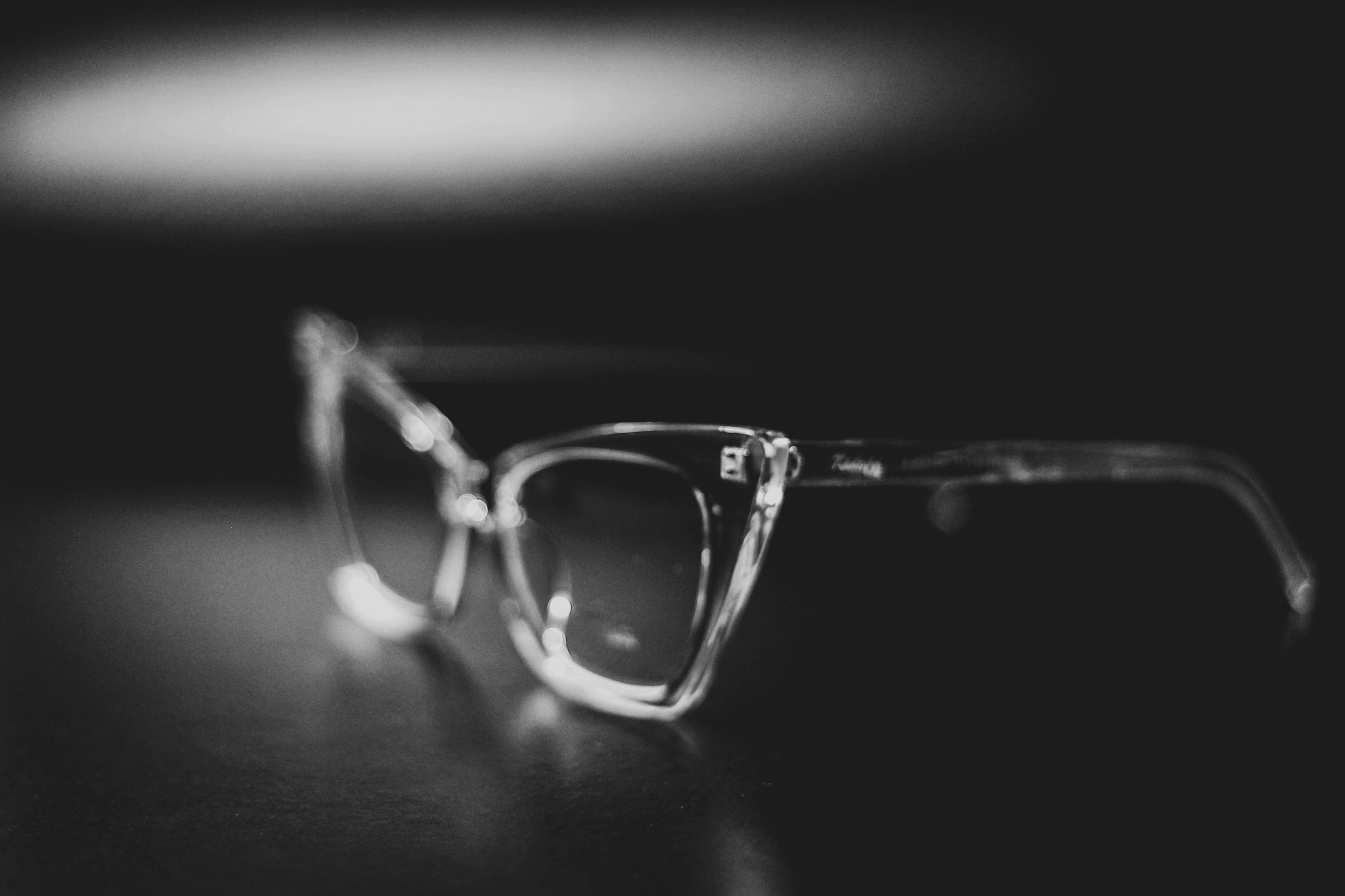Introduction

Understanding Acetate Glasses Basics
Acetate is a popular material for eyeglass frames due to its durability and aesthetic qualities. Made from plant-based cellulose, these acetate glasses are available in countless colors and patterns, making them a favorite among glasses designers and optical brands alike. Knowing the basics of acetate helps you appreciate why proper care, including surface polishing, is essential for preserving their beauty.
The Importance of Surface Polishing
Surface polishing plays a pivotal role in enhancing the clarity and overall appearance of your eyewear acetate frames. Over time, scratches and scuffs can dull the finish of your eyeglass glasses, detracting from their visual appeal. By regularly engaging in effective surface polishing techniques, you can prolong the lifespan of your eyewear while maintaining its value—a win-win for any eyewear enthusiast!
Tools for Effective Polishing
To achieve optimal results in surface polishing of acetate glasses, having the right tools at your disposal is crucial. Various polishing compounds tailored specifically for acetate ensure that you don’t inadvertently damage your beloved frames during maintenance. Additionally, selecting appropriate buffing wheels and understanding how microfiber cloths contribute to a flawless finish will set you on the path toward achieving stunning results with every polish.
Why Surface Polishing Matters

Surface polishing of acetate glasses is not just a cosmetic enhancement; it’s a crucial step in maintaining the integrity and appearance of your eyewear. When you invest in high-quality eyeglass glasses, the last thing you want is to see them lose their luster over time. A well-polished pair of acetate glasses can dramatically improve clarity and shine, making them look as good as new.
Enhancing Clarity and Appearance
One of the most immediate benefits of surface polishing of acetate glasses is the enhancement of clarity and overall appearance. Scratches and smudges can obscure your vision and detract from the stylish design of your eyewear acetate frames. By employing effective polishing techniques, you can restore that crystal-clear finish that makes designer glasses optical accessories truly stand out.
A polished surface reflects light better, allowing your unique frames to shine brightly in any setting. This not only boosts your confidence but also ensures that you make a lasting impression wherever you go. After all, who wouldn’t want their eyewear glasses frames to look pristine?
Prolonging Lifespan of Acetate Glasses
Surface polishing plays an essential role in prolonging the lifespan of acetate glasses by preventing damage from dirt accumulation and minor scratches. Over time, neglecting proper care can lead to irreversible wear and tear on your beloved eyewear glasses frames. Regular polishing helps maintain their structural integrity, ensuring they remain a staple accessory for years to come.
Moreover, by keeping up with maintenance through surface polishing, you reduce the risk of needing costly repairs or replacements down the line. This proactive approach not only saves money but also preserves the sentimental value attached to a favorite pair of eyeglasses or designer frames. Remember: taking care of your eyewear acetate means they’ll take care of you!
Maintaining Value of Eyewear
For many enthusiasts, eyewear is more than just a functional piece; it’s an investment in personal style and identity. Surface polishing helps maintain that value by keeping your eyeglass glasses looking fresh and fashionable over time.
A polished finish signals quality craftsmanship—something potential buyers are willing to pay extra for when considering designer pieces or limited editions in their collection. Additionally, if you're someone who loves showcasing vintage frames or unique designs, regular maintenance through surface polishing ensures these treasures retain their charm indefinitely!
Essential Tools for Polishing

Choosing the Right Polishing Compounds
Selecting the right polishing compounds is fundamental in achieving that crystal-clear finish on your acetate glasses. Look for compounds specifically designed for plastics; they are less abrasive and will prevent damage to your eyewear glasses frames. A good rule of thumb is to opt for a compound with a fine grit, as this will help maintain the integrity of your glasses optical while enhancing their appearance.
In addition, consider using a two-step process: start with a coarser compound to remove any deep scratches or blemishes, followed by a finer compound for that glossy shine. This method not only improves clarity but also prolongs the lifespan of your acetate glasses by reducing wear and tear on the surface. Remember, investing in high-quality polishing compounds pays off when it comes to maintaining both aesthetics and functionality in your eyewear.
Selecting Appropriate Buffing Wheels
The choice of buffing wheels can make or break your surface polishing efforts on acetate glasses. For optimal results, select buffing wheels made from soft materials such as felt or foam; these won’t scratch or mar the delicate surface of eyeglass frames. The size and density of the wheel also matter — smaller wheels are perfect for intricate areas while larger ones work well on flat surfaces.
Moreover, you should match the wheel's speed with that of your polisher; too much speed can lead to overheating and damage to your eyewear acetate. It's also wise to use separate wheels for different polishing compounds to avoid cross-contamination that could affect performance. Ultimately, selecting appropriate buffing wheels ensures that every nook and cranny gets polished without compromising quality.
Understanding the Role of Microfiber Cloths
Microfiber cloths play an indispensable role in maintaining the pristine condition of your eyeglass glasses post-polishing. These cloths are designed specifically for delicate surfaces like those found on eyewear optical products, preventing scratches while effectively removing dust and smudges after you've completed surface polishing tasks. Using microfiber cloths ensures you won't inadvertently introduce new imperfections into those freshly polished frames.
Additionally, they are highly absorbent and trap dirt particles effectively without leaving lint behind — a win-win for anyone wanting their acetate glasses looking sharp! Regularly cleaning with microfiber cloths helps maintain clarity over time by preventing buildup from oils or debris that can cloud vision through lenses or scratch frames during handling. So don’t underestimate this simple tool; it’s critical in preserving both function and flair in all types of eyewear.
Step-by-Step Polishing Process

Polishing acetate glasses is a meticulous process that can transform your eyeglass frames from dull to dazzling. To achieve the best results, it’s essential to follow a systematic approach, ensuring each step is executed with care. Let’s dive into the specifics of how to effectively polish your eyewear acetate.
Preparing Your Acetate Glasses
Before you embark on the surface polishing of acetate glasses, proper preparation is key. Start by cleaning your eyeglass lenses and frames thoroughly with a gentle soap solution and water, removing any dust or debris that could scratch the surface during polishing. Once cleaned, dry them with a soft microfiber cloth to prevent any leftover moisture from interfering with your polishing compounds.
Next, inspect your glasses for scratches or blemishes; this will help you determine which areas need more attention during the polishing process. If there are significant scratches on your acetate glasses, consider using a finer grit sanding paper before applying any compound. Proper preparation sets the stage for achieving optimal clarity and shine in your eyewear glasses frames.
Applying Polishing Compounds Correctly
With your acetate glasses prepped and ready, it’s time to choose the right polishing compounds for effective surface polishing of acetate glasses. Select a compound specifically designed for plastic materials; these usually contain fine abrasives that gently buff away imperfections without damaging the frame's integrity. Apply a small amount of polish onto a clean microfiber cloth—less is definitely more here!
Gently rub the compound onto the surface of your glasses in circular motions, focusing on areas with noticeable scratches or dullness while being cautious around delicate parts like hinges or nose pads. It’s important not to apply too much pressure; let the compound do its job while you maintain control over where you're applying it. This careful application will enhance both clarity and appearance in your eyeglass frames.
Buffing Techniques for Optimal Results
Now that you've applied the polishing compound, it's time to master some buffing techniques that will elevate your eyewear acetate to new heights! Use an appropriate buffing wheel attached to a rotary tool if you're comfortable—this can speed up the process dramatically—but be sure not to overheat any areas as this could warp your frames or lenses.
If you're going old-school, simply continue using that trusty microfiber cloth! Buff each section of your acetate glasses gently but firmly until you see a noticeable shine coming through; consistency is key here! Finally, give them one last wipe-down with a clean microfiber cloth to remove any residue left behind from both polish and buffing—voilà! Your beautifully polished eyewear now sparkles like those designer pieces you've always admired.
Common Mistakes to Avoid

Over-Polishing and Its Effects
One of the biggest blunders in the surface polishing of acetate glasses is over-polishing. While it might be tempting to keep buffing away at those scratches, excessive polishing can lead to a dull finish or even damage the protective coatings on your eyewear acetate. Remember, moderation is key; a gentle touch will ensure your glasses and frames maintain their clarity without compromising their integrity.
Over-polishing not only affects appearance but also shortens the lifespan of your frames. If you find yourself needing to polish more frequently due to wear and tear, it might be time to reevaluate your technique or consider investing in higher-quality acetate glasses that are less prone to damage. So next time you're tempted to go for another round with that buffing wheel, think twice!
Ignoring Surface Scratches
Another common mistake is ignoring surface scratches on your eyeglass glasses until they become too noticeable or problematic. Small scratches may seem insignificant at first glance, but they can accumulate over time and detract from the overall clarity of your eyewear glasses frames. Addressing these imperfections early on through proper surface polishing techniques will help keep your lenses looking pristine.
Neglecting scratches not only affects how you see but also how others perceive your eyewear designer pieces. Your stylish acetate glasses deserve better than being marred by avoidable flaws! So when you notice those pesky little marks, don’t let them linger—take action before they turn into a bigger issue.
Using Incorrect Materials
Using incorrect materials during the surface polishing process can lead to disastrous results for your acetate glasses and frames. Not all polishing compounds are suitable for every type of lens or frame material; using harsh abrasives can scratch or cloud delicate surfaces instead of restoring them to their former glory. Always opt for products specifically designed for eyewear optical care when tackling those scuffs.
Additionally, employing inappropriate cloths can exacerbate problems rather than solve them—think twice before reaching for an old rag! Microfiber cloths are ideal as they are gentle yet effective in lifting dirt without causing further damage to your precious eyewear acetate pieces. By choosing the right materials and tools, you'll ensure that each session of surface polishing yields optimal results without any unintended consequences.
Daposi’s Role in Eyewear Innovation

Daposi stands at the forefront of eyewear innovation, particularly in the realm of acetate glasses manufacturing. By focusing on high-quality materials and advanced techniques, Daposi ensures that every pair of eyeglass glasses meets rigorous standards for durability and style. The commitment to excellence is evident in their attention to detail, which is essential for creating stunning eyewear acetate that appeals to discerning customers.
High-Quality Acetate Glasses Manufacturing
They utilize premium-grade acetate sourced from reputable suppliers, ensuring that each pair of glasses and frames not only looks good but also stands the test of time. This dedication to quality means that every piece produced is a testament to craftsmanship, making it a favorite among glasses designers and optical brands alike.
Custom Polishing Solutions for Brands
Daposi recognizes that the surface polishing of acetate glasses can make or break the overall aesthetic appeal of eyewear glasses frames. That's why they offer custom polishing solutions tailored specifically for brands looking to elevate their products. With innovative polishing techniques designed to enhance clarity and shine, Daposi helps brands stand out in a crowded market while ensuring their eyewear acetate remains pristine.
Commitment to Sustainability in Eyewear
In an era where sustainability matters more than ever, Daposi is committed to eco-friendly practices throughout its production process. From sourcing sustainable materials for their eyeglass glasses to implementing environmentally responsible polishing methods, they focus on reducing waste and promoting longevity in eyewear products. This commitment not only benefits the planet but also resonates with consumers who value ethical choices when selecting their favorite pairs of glasses optical.
Conclusion

In the world of eyewear, achieving flawless acetate glasses is not just a luxury; it’s a necessity. The Surface Polishing of Acetate Glasses can transform your everyday eyeglass glasses into stunning pieces that reflect your personal style while maintaining their functionality. By employing the right techniques and tools, you can ensure that your glasses and frames look pristine for years to come.
Achieving Flawless Acetate Glasses
To achieve flawless acetate glasses, it's crucial to master the art of surface polishing. This process enhances clarity and removes unsightly scratches, making your eyewear acetate not only visually appealing but also comfortable to wear. With the right polishing compounds and techniques, even the most worn-out glasses optical can regain their former glory.
The Value of Professional Techniques
Professionals utilize specialized tools and knowledge that go beyond DIY methods, ensuring that every inch of your designer glasses receives attention. This level of care not only extends the lifespan of your acetate glasses but also preserves their value in an ever-competitive market.
Why Choose Daposi for Eyewear Solutions
When it comes to eyewear solutions, Daposi stands out as a leader in both quality and innovation. Their commitment to producing high-quality acetate glasses combined with custom polishing solutions ensures that every pair meets meticulous standards. Plus, with a strong focus on sustainability in eyewear production, choosing Daposi means you’re supporting environmentally friendly practices while enjoying top-notch eyeglass designs.
